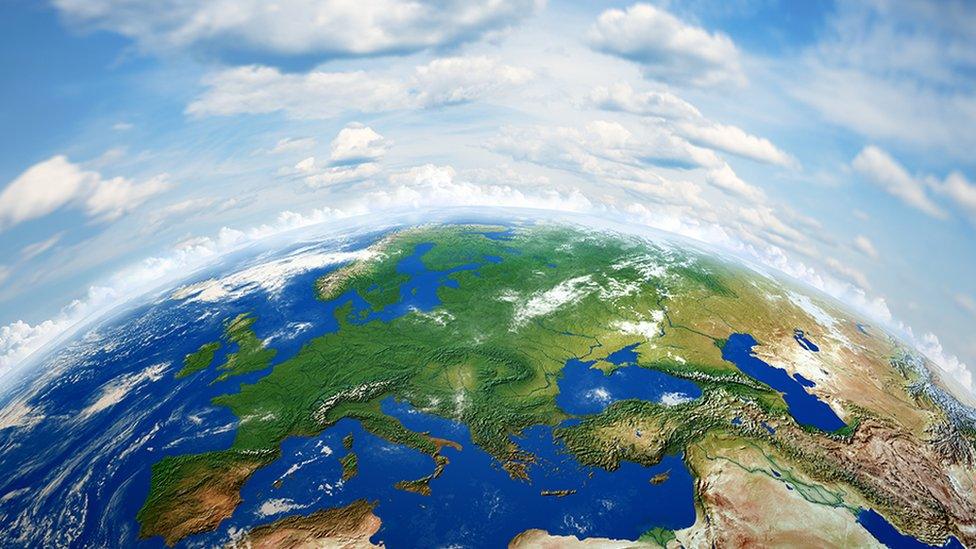Climate change 'has affected a third of UK bird species'
- Published

The cuckoo has the fastest declining population in five of 11 regions of England
Cuckoo numbers are in steep decline across almost half of England because of climate change but buzzards are up, according to a new study.
The British Trust for Ornithology (BTO) has looked at which species, external are most hit and helped by climate change.
Researchers found weather changes had a long-term effect on about a third of the 68 species studied.
BTO science director James Pearce-Higgins said there were "winners and losers".
Thirteen species have seen a greater than 10% rise in population numbers while three have suffered big drops.
Which birds are suffering and why?
Migratory birds are the biggest losers.
In five of the 11 regions studied, cuckoos, which have seen a population drop of more than 80% in the past 30 years, were the bird with the biggest fall in numbers.
The swift and turtle dove, which are also migratory, had the biggest drops in two areas each.
You may also be interested in
Cuckoos, which are on the RSPB's red list for conservation, external, are in the UK between April and June for breeding season.
The birds' journey back to Africa takes them via Italy or Spain, the latter having been hit by droughts brought on by warmer weather, the BTO said.
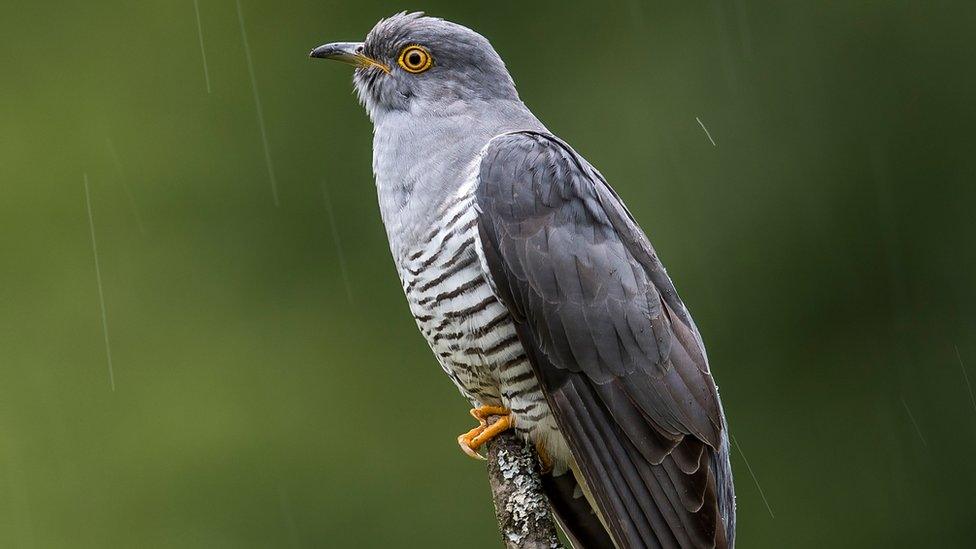
The cuckoo is in the UK from April to June
The droughts cause a decline in the number of invertebrates - the cuckoos' food - which means they are unable to fully refuel for the rest of their long journey.
Birds time their trips with "seasonal pulses", Dr Alex Bond, senior curator of birds at the Natural History Museum said.
For example, they want chicks to hatch at the time when food is most abundant, but erratic weather can change those pulses - flowers and insects might flourish earlier than expected meaning later birds miss out.
Dr Pearce-Higgins said northern and upland birds were "vulnerable" with the golden plover expected to be extinct in the Peak District by the end of the century without intervention.
Which birds are benefitting and why?
Birds which spend winter in the UK tend to be faring better, according to the BTO's findings.
This is because warmer winters, which the UK has been seeing, mean better survival rates during the winter without the harsh cold to kill them off.
The buzzard has seen the biggest increase in four regions all along the east coast.

The buzzard has seen the biggest increase in four areas
Garden birds, such as the robin and blue tit, have seen numbers increase over the past few decades.
This is thought to be because smaller birds tend to be fed by humans and are more likely to survive the milder winters that climate change has brought, the BTO said.
The red kite saw the largest rise in the South East, which Dr Bond said could be because it was a reintroduced species and a "conservation success story", while the ring-necked parakeet - an "invasive species better suited to adapting" - was top in London.

How did the BTO work it out?
The data was gathered from three separate surveys of 68 bird species which have been carried out every year since 1966.
The analysis broke England down into 11 regions and highlighted the top species for each region in terms of population change.
The study also looked at changes in climate in the UK, stopover spots and wintering areas for migratory birds.
The BTO said the attribution of specific population shifts to climate change "remains challenging", but it identified a number of species which were directly affected.
What can be done?
"What we can see from our evidence is a reshuffling of the bird species," said Dr Pearce-Higgins.
"There are some winners that are doing better and some losers that are not doing so well."
Naturalist Nick Baker said birds like the curlew needed a "safeguard" on their habitats if they were "going to have a fighting chance".
"Birds are amazing creatures - adaptable and resilient - but, as we've seen, only up to a point," Mr Baker added.
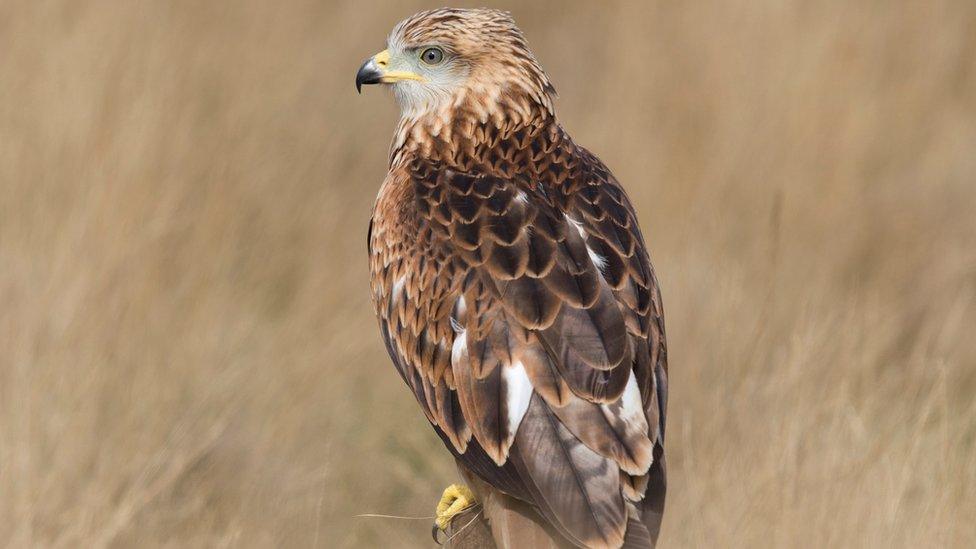
The reintroduction of the red kite has been a "conservation success story"
Dr Bond said caution should be paid between correlation and causation - the bird populations may correlate with climate changes but that does not mean they are solely caused by them.
"It might not all be down to climate change although that is certainly a factor," he said, citing changing land use and "habitat fragmentation" as other possible causes.
But he said climate change is "the big one" that needed addressing, although he added we could be in a "palliative care" state now as the "stopping climate change ship has more or less sailed".
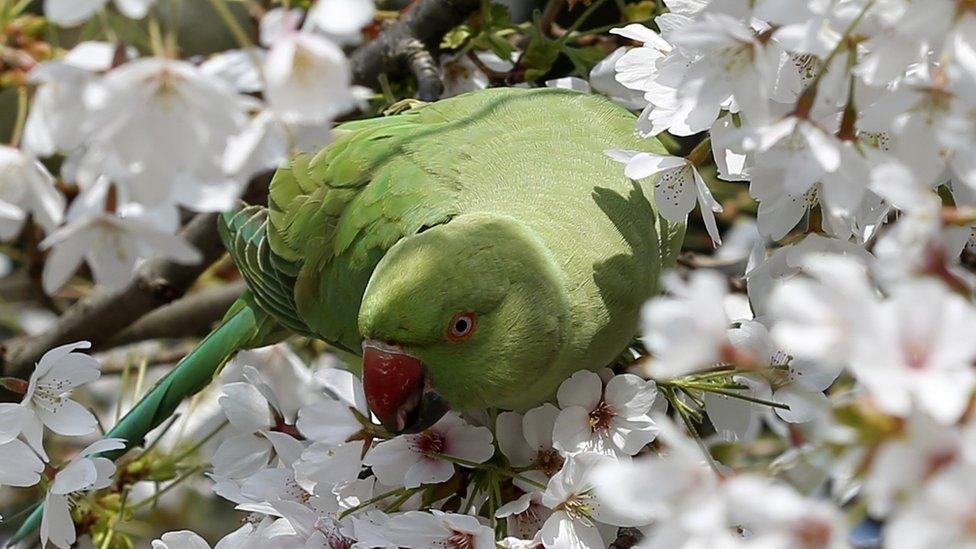
The ring-necked parakeet can be found across London but especially in Hyde Park
"There is very little we can do in a sustainable and sensible way to provide food for these species," Dr Bond said, although habitat restoration and conservation would be a start.
Having large-scale surveys like those used by the BTO study were also a vital resource, Dr Bond added.
"If you are the doctor, do you want to know what is wrong or do you want to ignore it?
"We cannot just ignore it, not any more," he said.
This story features on Inside Out in the South West and some other BBC regions on BBC One, Monday 2 September at 19:30 BST.
- Published19 August 2019
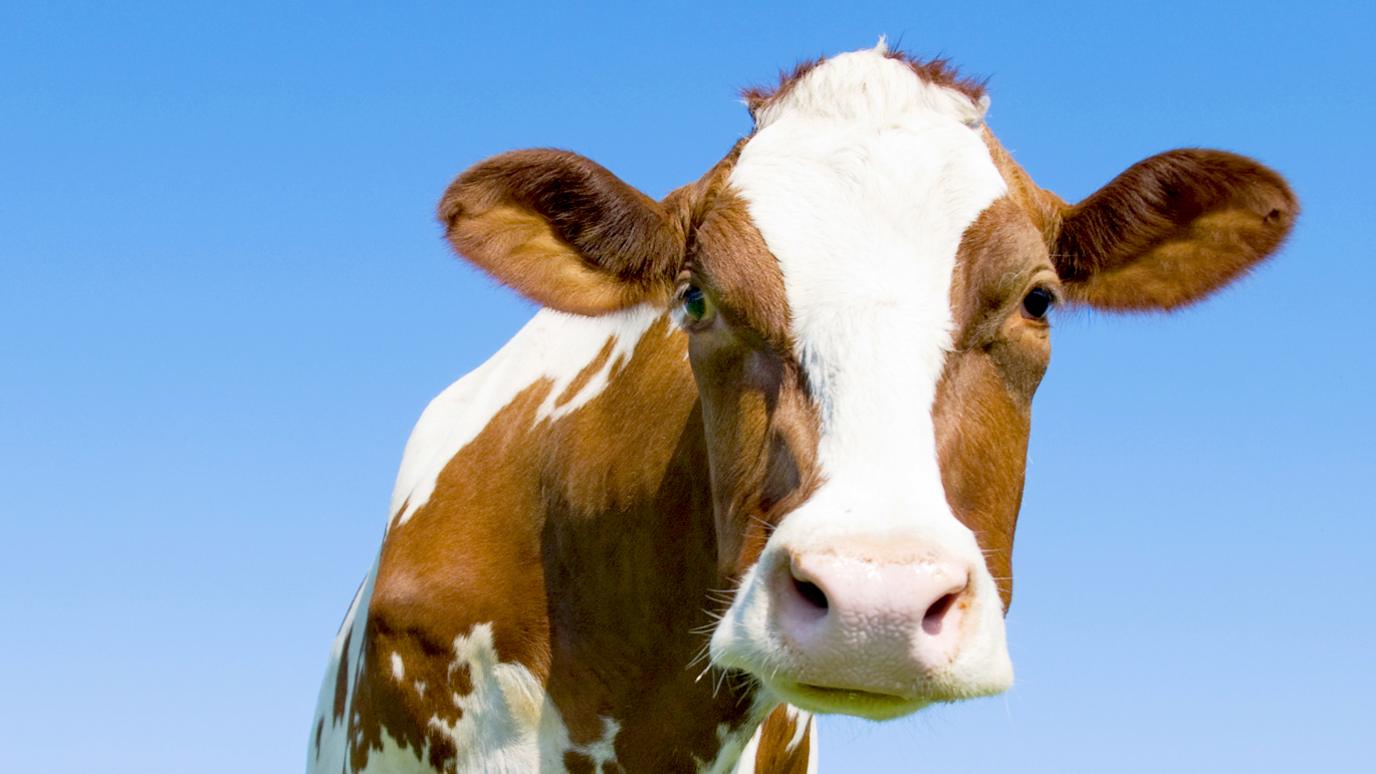
- Published27 June 2019
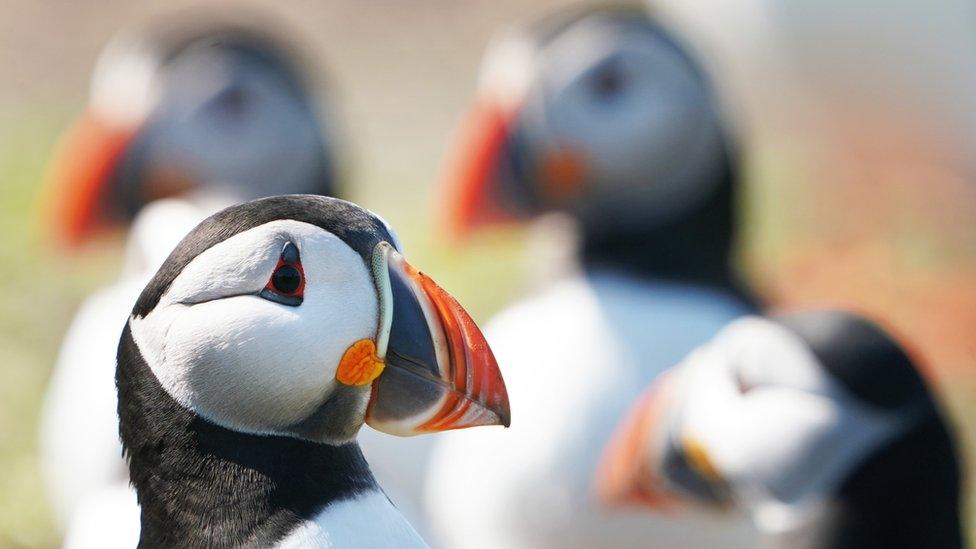
- Published3 May 2019
